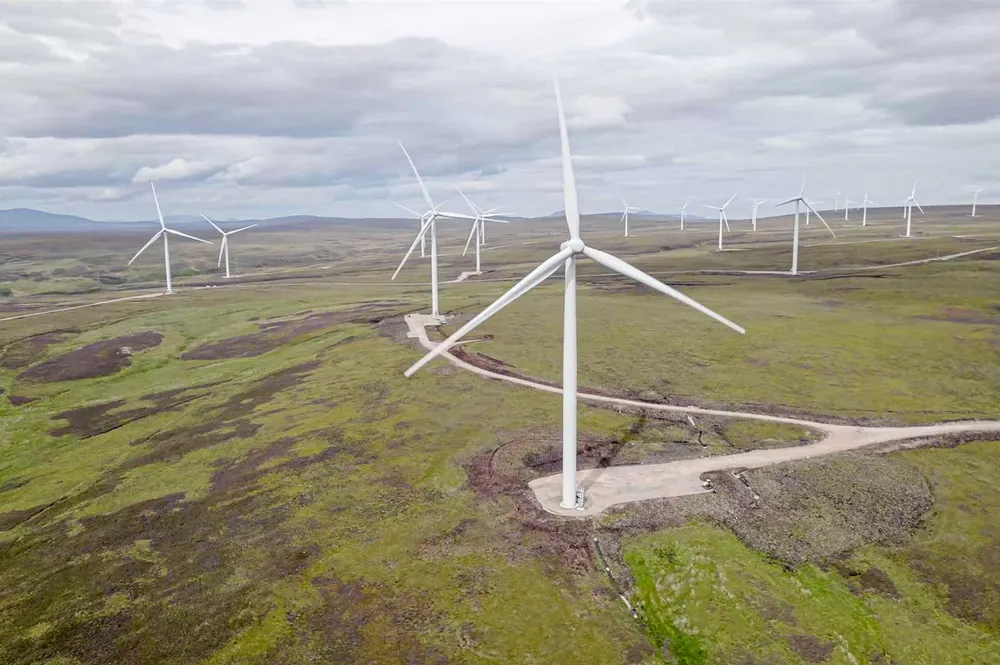New $5.5bn UK electricity ‘superhighway’ to ease wind power bottleneck
Scottish wind farms are often paid to switch off while English gas power stations fire up due to current lack of North-South transmission capacity

A new 2GW electricity “superhighway” that will help send power from Scottish wind farms down to England is now set to go ahead following approval of the UK’s “largest-ever investment” in a grid infrastructure project.
UK energy regulator Ofgem today gave its final approval to the £4.3bn ($5.5bn) Eastern Green Link 2 (EGL2) project being developed by SSE’s transmission unit and National Grid.
EGL2 is a new subsea and underground 525kV cable that will run 500km between Aberdeenshire in Scotland and North Yorkshire in the UK and could power up to 2 million homes.
The funding package agreed for EGL2 is the “single largest-ever investment in a UK electricity transmission infrastructure project,” said Zac Richardson, offshore delivery director for National Grid.
Most of the cable – around 436km – will be under the North Sea, with the remaining 70km buried underground onshore.
Two converter stations, one at each end of the cable, are planned to help feed the electricity transported by the cable into the grid and from there onto consumers.
Work is planned to start this year and finish by 2029, in time to help the new Labour government led by Prime Minister Keir Starmer achieve its goal of running a net zero electricity grid by the end of the decade.
A lack of sufficient transmission capacity between Scotland and England has proven to be a major bottleneck hindering the effective distribution of power from Scottish wind farms to southern demand centres.
On more than 200 occasions in 2022, this bottleneck meant National Grid ESO had to make curtailment payments to Scottish wind farms to stop generating power, while paying English gas power stations to fire up to meet demand, according to UK think tank Carbon Tracker.
This added £800m to consumer electricity bills and increased greenhouse gas emissions by 1.3 million tonnes, it said.
Jonathan Brearley, Ofgem CEO, said the new link shows the regulator is “fully committed to supporting the government to meet its aims of getting clean power by 2030.”
(Copyright)